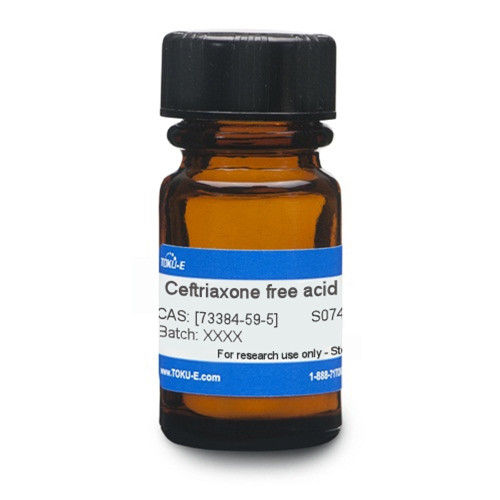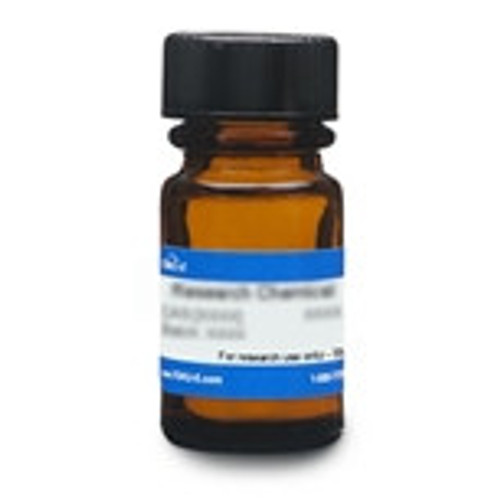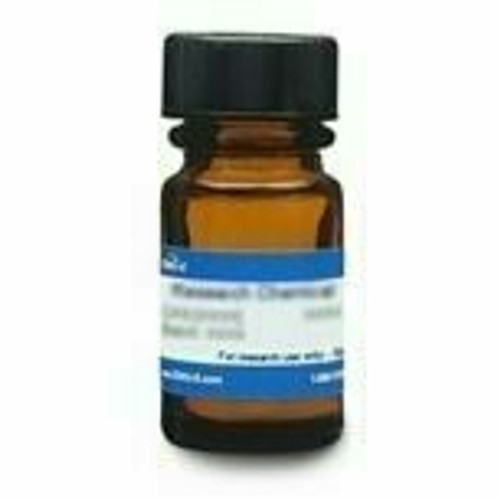Ceftriaxone Free Acid is a semisynthetic third-generation cephalosporin with bactericidal activity. It is used as an antibacterial, and since it can cross the blood-brain barrier, it can also be used to study the central nervous system.
We also offer:
- Ceftriaxone Sodium, USP (C022)








